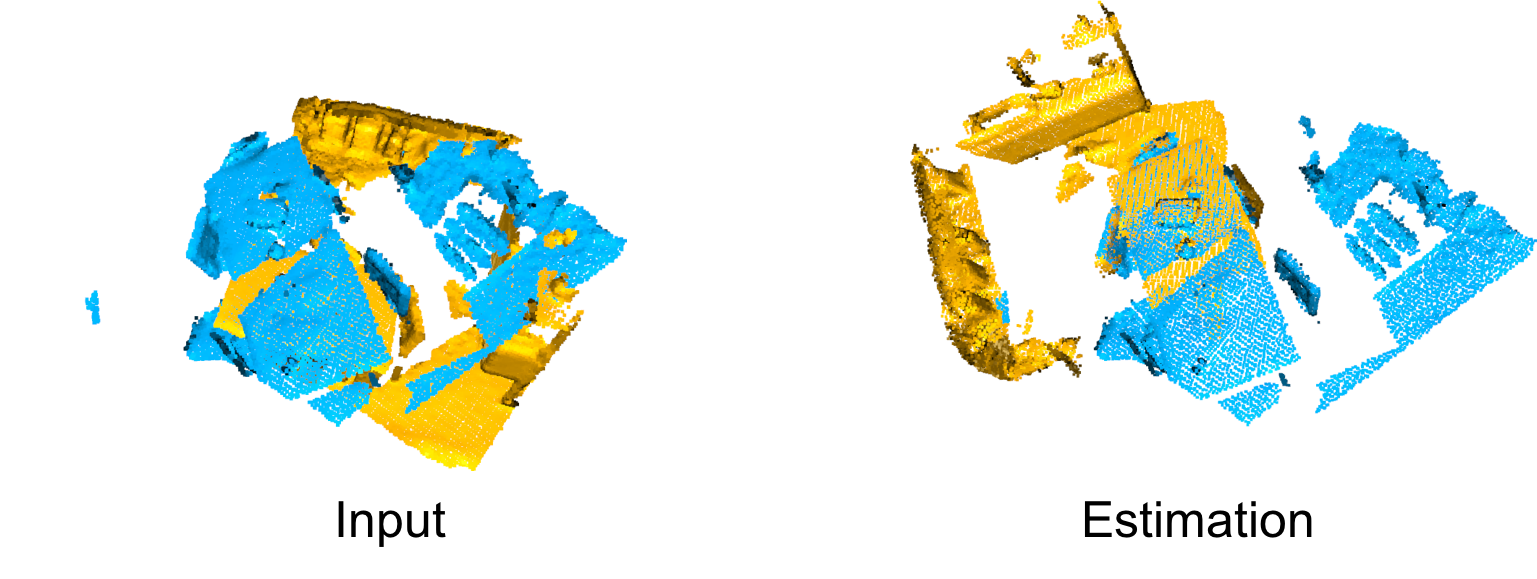Leveraging Inlier Correspondences Proportion for Point Cloud Registration
In feature-learning based point cloud registration, the correct correspondence construction is vital for the subsequent transformation estimation. However, it is still a challenge to extract discriminative features from point cloud, especially when the input is partial and composed by indistinguishable surfaces (planes, smooth surfaces, etc.). As a result, the proportion of inlier correspondences that precisely match points between two unaligned point clouds is beyond satisfaction. Motivated by this, we devise several techniques to promote feature-learning based point cloud registration performance by leveraging inlier correspondences proportion: a pyramid hierarchy decoder to characterize point features in multiple scales, a consistent voting strategy to maintain consistent correspondences and a geometry guided encoding module to take geometric characteristics into consideration. Based on the above techniques, We build our Geometry-guided Consistent Network (GCNet), and challenge GCNet by indoor, outdoor and object-centric synthetic datasets. Comprehensive experiments demonstrate that GCNet outperforms the state-of-the-art methods and the techniques used in GCNet is model-agnostic, which could be easily migrated to other feature-based deep learning or traditional registration methods, and dramatically improve the performance. The code is available at https://github.com/zhulf0804/NgeNet.
PDF Abstract





 KITTI
KITTI
 3DMatch
3DMatch
